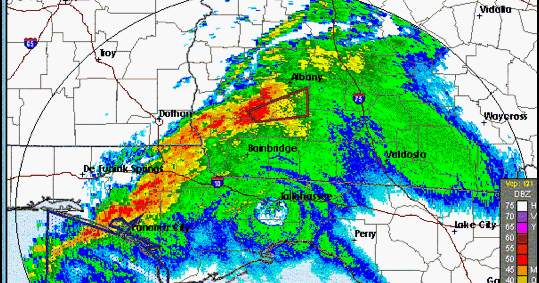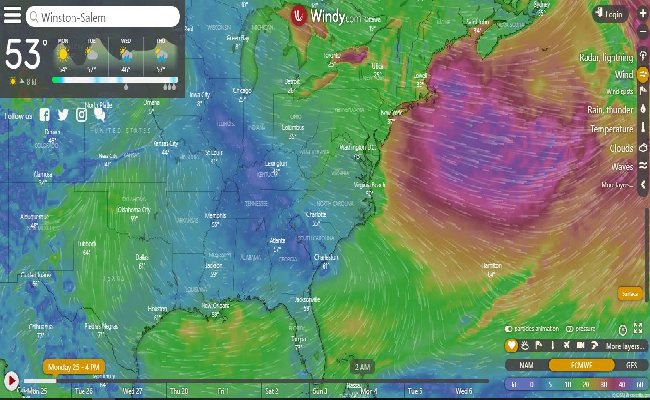

In total, RainNet has almost 31.4 million parameters. Source: RainNet architecture by PyDot Optimization procedure Correspondingly, the radar composite grids were transformed from the native spatial extent of 900x900 cells to the extent of 928x928 cells using mirror padding. As a consequence, the spatial extent on different resolutional levels becomes identical for the decoder and encoder branches. One of the prerequisites for U-Net based architectures is that the spatial extent of input data has to be a multiple of 2 n+1, where n is the number of max pooling layers. In total, RainNet has 20 convolutional, four max pooling, four upsampling, two dropout layers, and four skip connections. There are skip connections from the encoder to the decoder branches in order to ensure semantic connectivity between features on different layers. RainNet follows an encoder-decoder architecture in which the encoder progressively downscales the spatial resolution using pooling, followed by convolutional layers and the decoder progressively upscales the learned patterns to a higher spatial resolution using upsampling, followed by convolutional layers. The RainNet's design was inspired by the U-Net and SegNet families of deep learning models which were originally designed for binary segmentation tasks. The pretrained instance of keras Model for RainNet, as well as RainNet's pretrained weights are available on Zenodo:

#Net radar weather code
The source code of the RainNet model written using Keras functional API is in the file rainnet.py. RainNet was trained to predict continuous precipitation intensities at a lead time of five minutes, using several years of quality-controlled weather radar composites provided by the German Weather Service (DWD). Here we introduce RainNet - a convolutional neural network for radar-based precipitation nowcasting. RainNet: a convolutional neural network for radar-based precipitation nowcasting


 0 kommentar(er)
0 kommentar(er)
